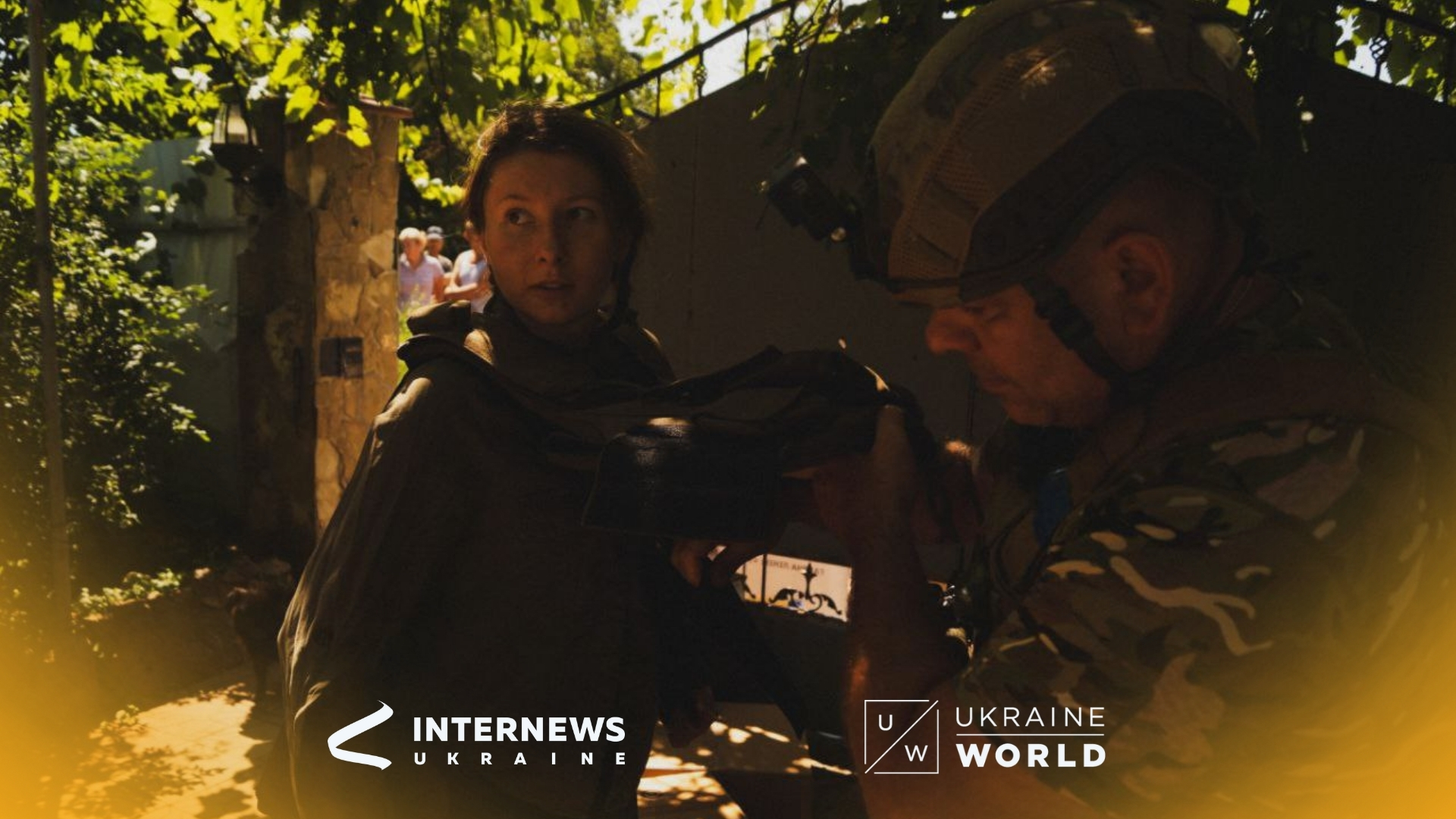
For photographer Yevheniia, her home is the best place to create art. The wounded, demolished and emptied streets of Kharkiv turned her away from the human body photography she was famous for and made her the documenter of the city's apocalyptic sights.
The Russian bombardments of Yevheniia's native Cherkaski Tyshky in Kharkiv oblast, missile destroying her house, her frantic dash to her closest relatives, pleading for them to leave immediately, followed by her escape to Russia, then to Europe, and finally her return to Kharkiv, now her hometown.
Such was the whirlwind of events before Yevheniia could fully grasp what had happened and who she was, once again.
"I am gradually coming to my senses and returning to myself again. Although I understand that I am a completely different person now."
On the day when Russia began its full-scale invasion, Yevheniia was sleeping in her home, which no longer exists. She hoped that the explosions she heard were thunder. But thunder never comes to Ukraine in February.
A missile hit my house directly, so I just took my cat, left the house, and never came back.
This incident was later transformed into a photo exhibition titled There Are 250 Thousand White Lilies in My Garden, But It Does Not Exist. Its main idea is depicting her garden of lilies which never came to be, as her dream was "swallowed up by the war," leaving "only iron bombs to grow there" now.
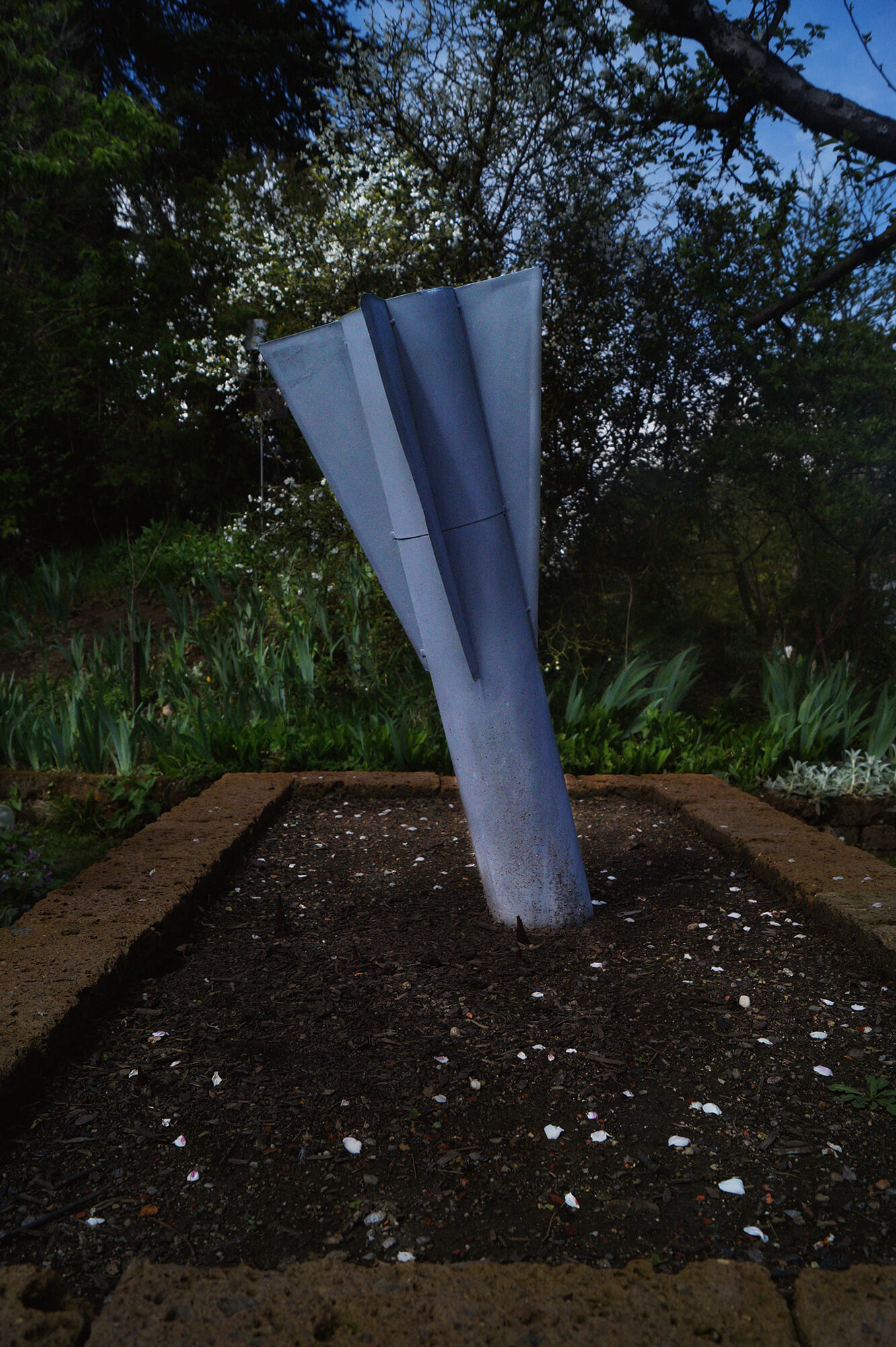
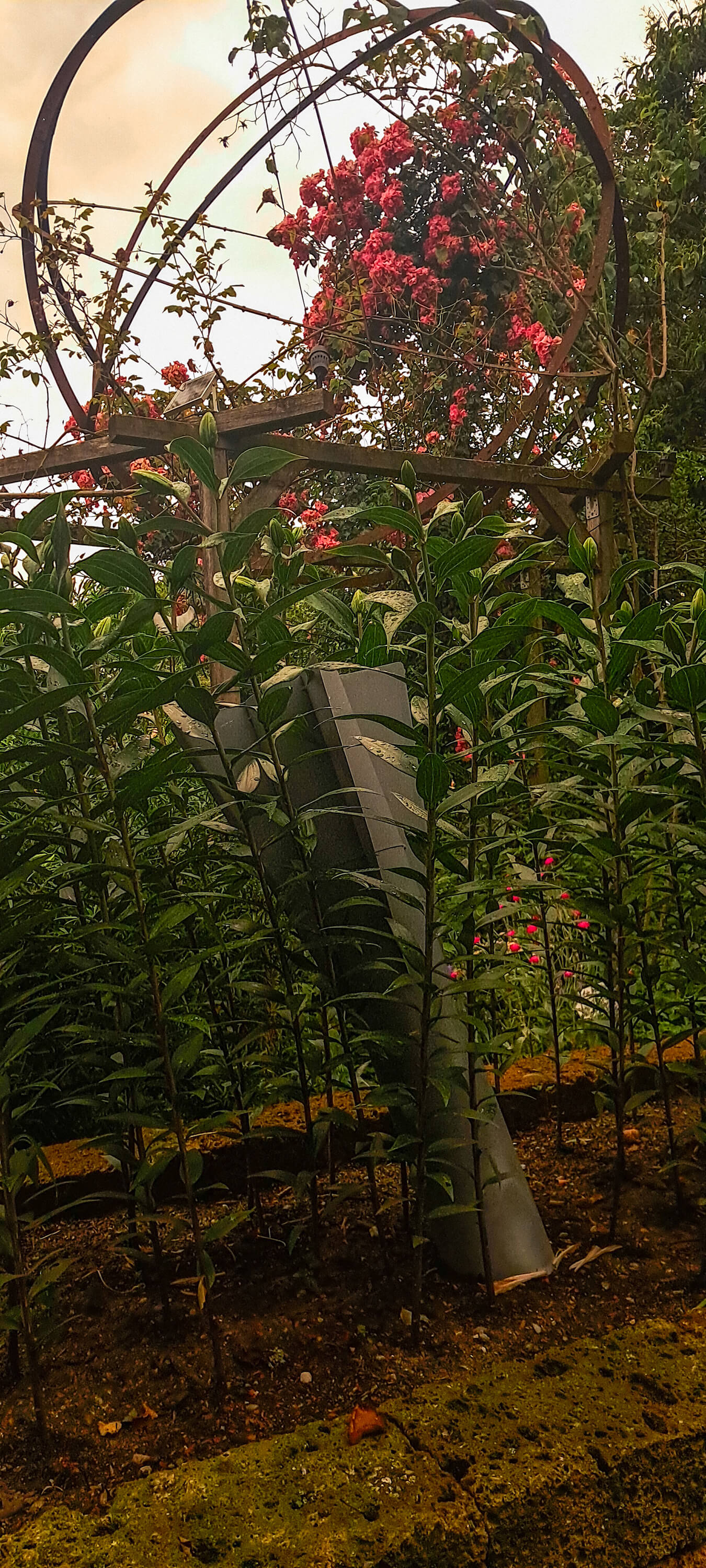
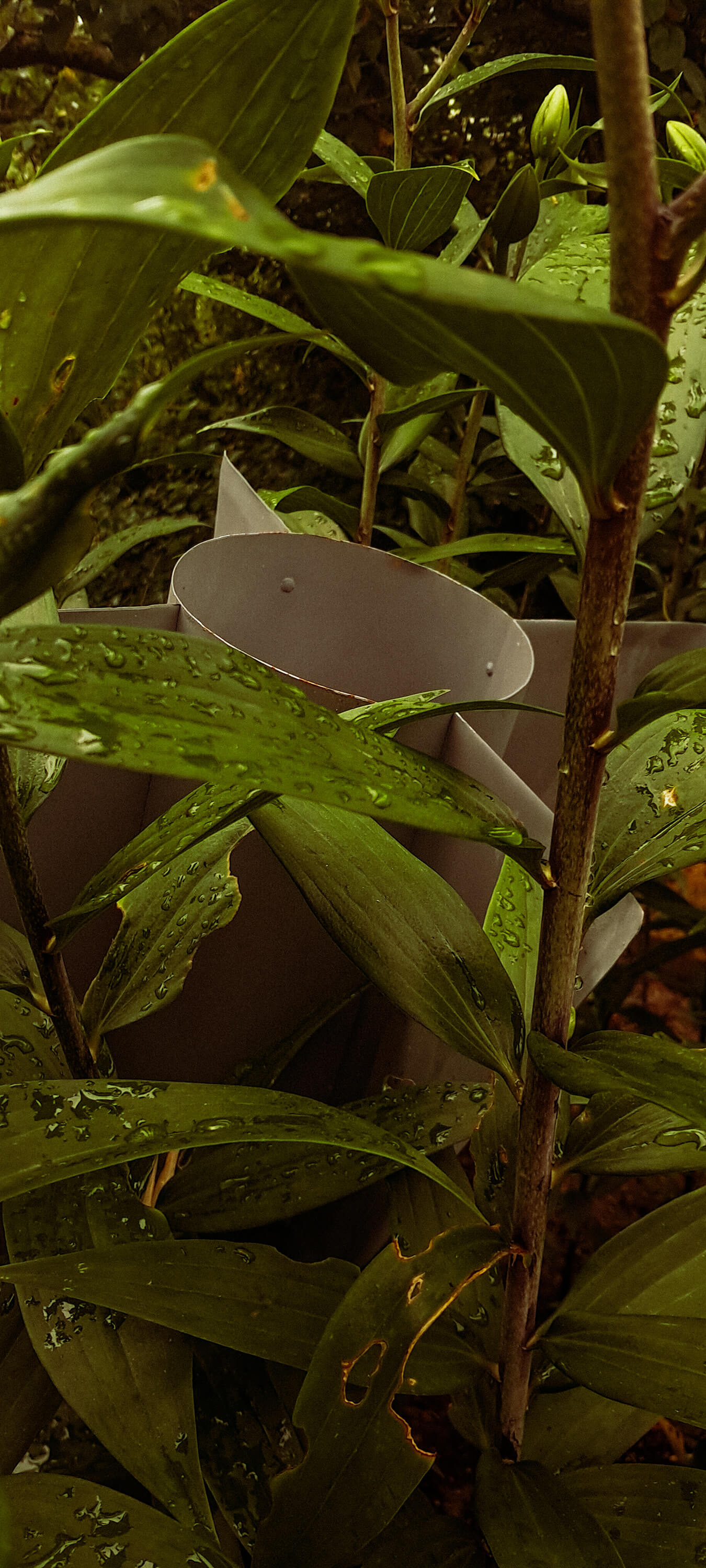
Art, Yevheniia says, is the best way to digest what she has been through.
"When you experience something as terrible as occupation, especially with the intensity which we had, where we were left with nothing and even food ran out, it leaves you in shock. When I left, I couldn't even tie my shoelaces; I only did what was told, 'go eat,' so I went and ate..."
In addition to this, Yevheniia's path out of occupation lay through enemy territory of Russia.
"They did not let us go to Kharkiv. Anyone who attempted to go there faced gunfire, so we had no choice but to leave through Russia."
Yevheniia felt the noose grow tighter as each new burning building was closer to where she and her relatives lived. They realized the next one might be theirs.
Thus, after spending 20 days under Russian occupation, the family left for Moscow. Being there was like being in a parallel world where war did not exist.
"An absurd situation happened to me there. While passing through the city, where all the people were simply walking by, drinking coffee, and so on, I noticed one picketer. I thought, 'Oh my God, at least this one person has some conscience.' As we approached, I read the words on his poster: 'You're not killing enough Ukrainians; we need more.'"
Soon, she left for Latvia and then to Austria, where she had a few exhibitions, including the one with lillies.
"I immediately channeled this experience into my creative work, as it is the most effective way to navigate the state I was in. By doing so, I was able to express my aggression in a productive manner instead of letting it build up. I have four projects related to the war, so, I pour it all out there."
Before Yevheniia had the opportunity to depict what she had inside visually, she took to writing a lot. Her memoirs, still to be published, are now the only place where her Cherkaski Tyshky and Kharkiv exist as she knew them.
The war literally destroyed my entire past. The school I attended, the first house I lived in, my teachers' houses, my best friend's house — all ruined, and there are many more such buildings in the streets.
Yevheniia spent over a year in Austria. She liked being in a peaceful country a lot, of course. Moreover, the local galleries welcomed her. But the distance that grew between her and Ukraine did not let her stay longer.
For Yevheniia, as a Ukrainian artist, it means a lot to remain associated with the country she belongs to.
"After spending over a year there, I returned to Kharkiv, and it feels very right to me. I've never wanted to be an Austrian artist. I have my own country that needs people."
Ironically, Yevheniia actually disliked Kharkiv for most of her life. Her small village of Cherkaski Tyshky, where she spent most of her vacations, felt like her personal microcosm. There she was free and one with nature, and it was there that she fell in love with photography.
"On the other side of it all was Kharkiv, where I was taken to school, where I had to study... Kharkiv had always been a place of 'captivity' for me because of this. But now I'm grown and it's all different."
When she came back there at first, she had no idea what she would encounter. It was neither the city she had disliked nor the city she even knew at all.
Pivnichna Saltivka, the district where she lived in Kharkiv, became a merely apocalyptic place.
I remember the scene vividly as if it were happening right now. It was the beginning of December, bitterly cold, with everything frozen over after the rain. In the entire district, there was no electricity, and the reconstruction efforts had just begun. I recall the eerie silence, without a single living soul in sight, only stray dogs darting around. Everything seemed desolate and charred, with houses devoid of roofs. Walking through it all, it felt like the apocalypse. But it was simply my past.
After seeing this and having learned Cherkaski Tyshky had been almost entirely erased, Yevheniia felt an even deeper connection to the region. Standing in this wounded and vulnerable Kharkiv, she felt proud of the city and that she had chosen to live there.
The effect the city had on her led to profound changes in her artistic perspective.
"Before that, I mostly photographed nudes. Since the beginning of the full-scale war, this is no longer relevant. It became very difficult for me to shift my focus to a person as a subject and not an object. Unfortunately, war turns people into numbers. This reality is very tangible. I used to be interested in delving deeper into personalities, but now the concept of human subjectivity has been erased. When there is so much grief, it is difficult to connect with the people. So now I mostly capture images of buildings that have been destroyed."
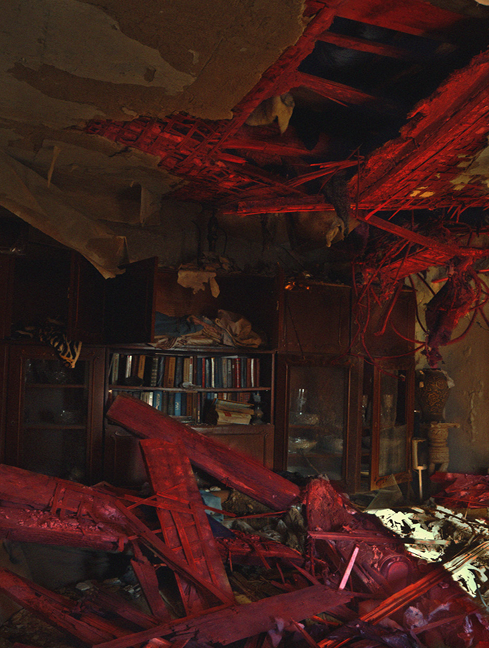
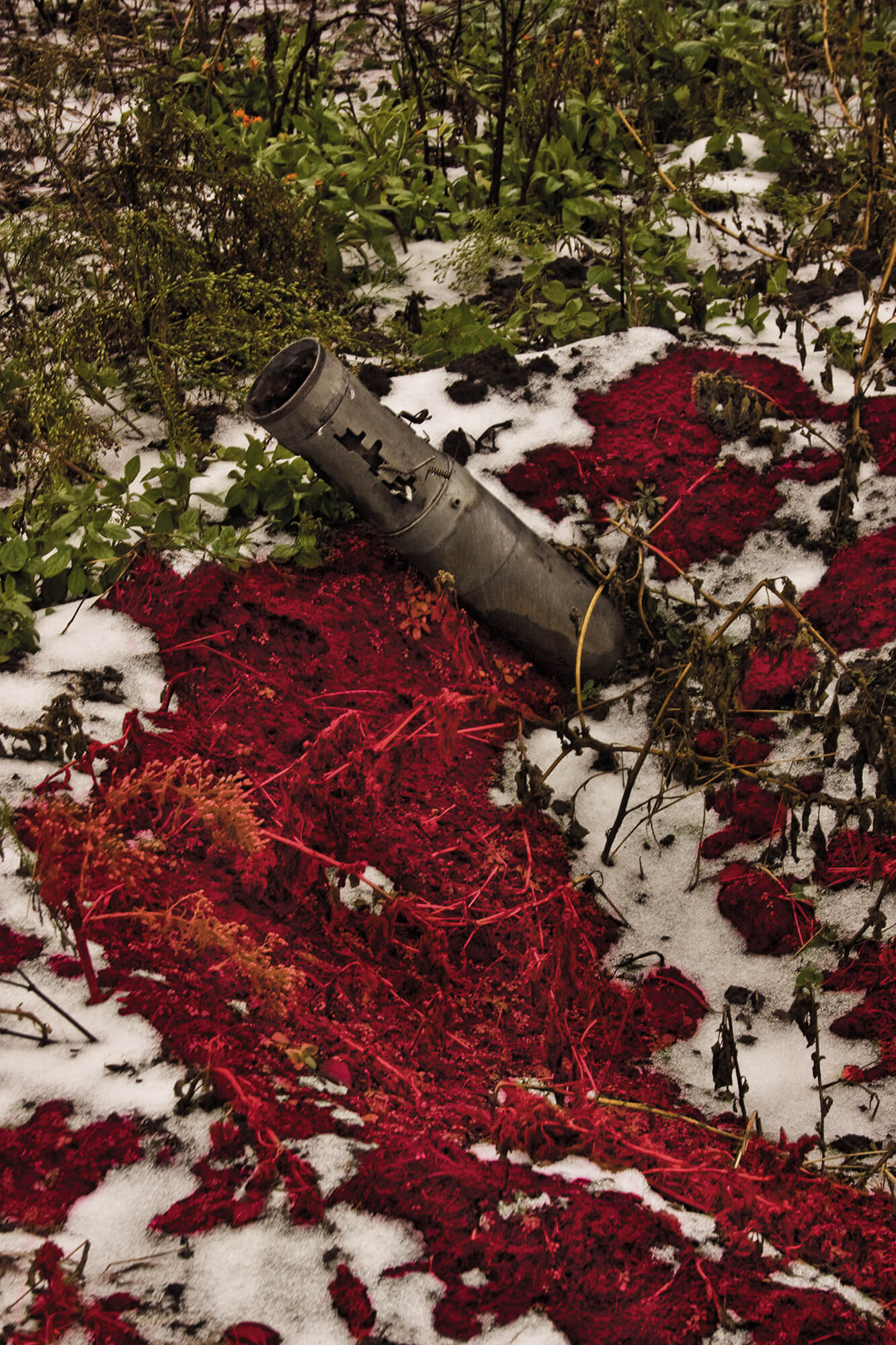
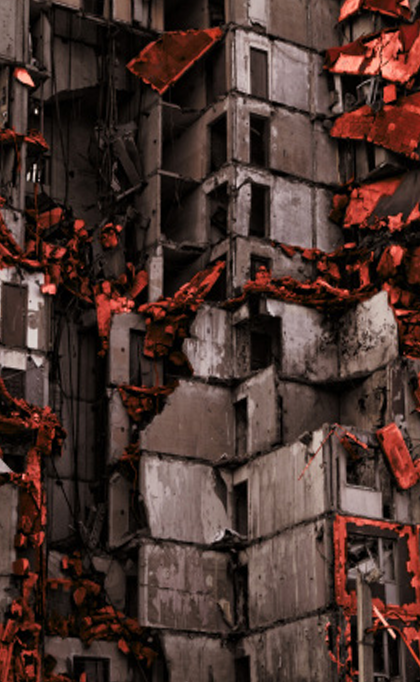
Yevheniia mostly sees her photography as a diary, as she has to say something about every building that she photographs.
Now Yevheniia is not working on any particular project, but is planning to begin in spring. After all, home is where she feels the most creative. Also, she is preparing her memoirs for publication.
The only and vast difference is that Yevheniia cannot bring positive energy into her art as she did in her teen years. She simply cannot find it. So for now, she is producing art of grief.
